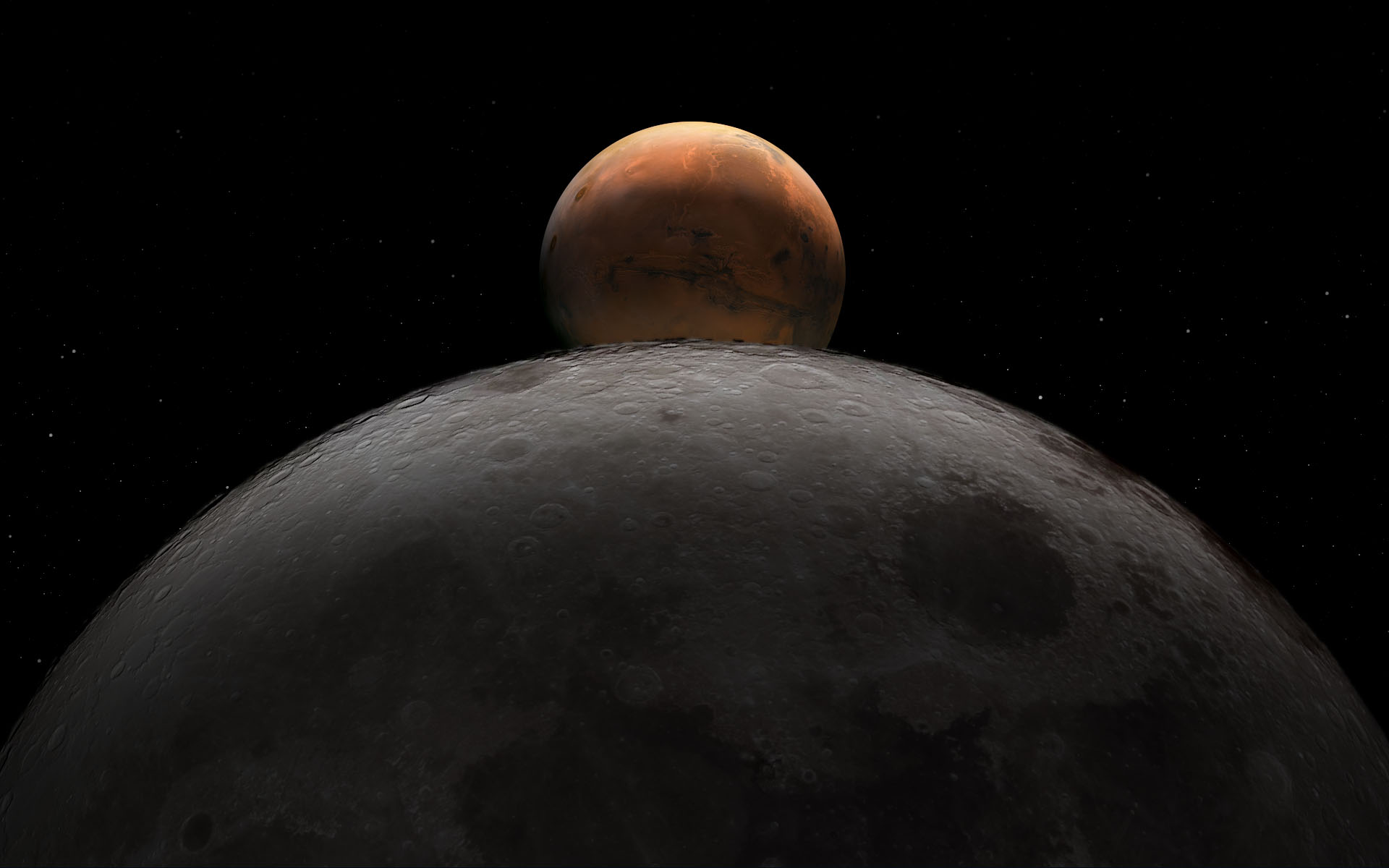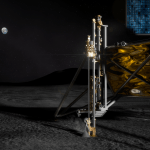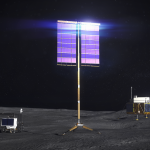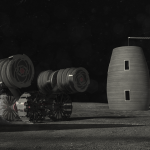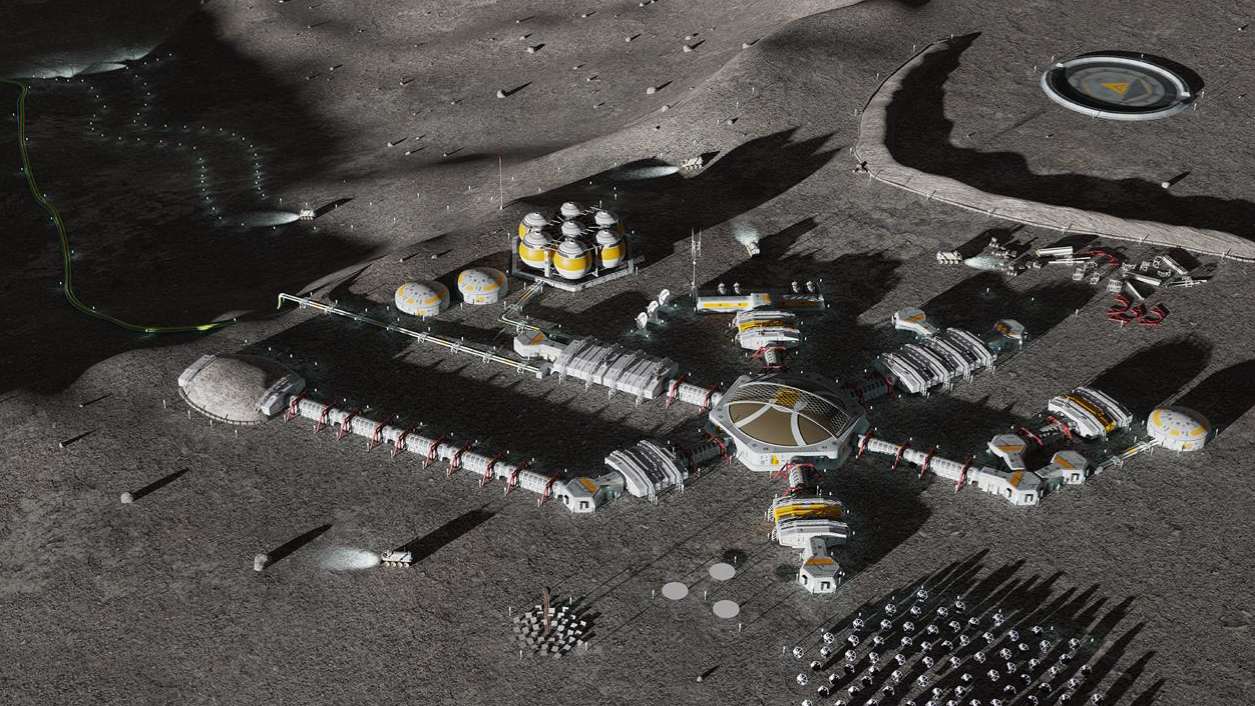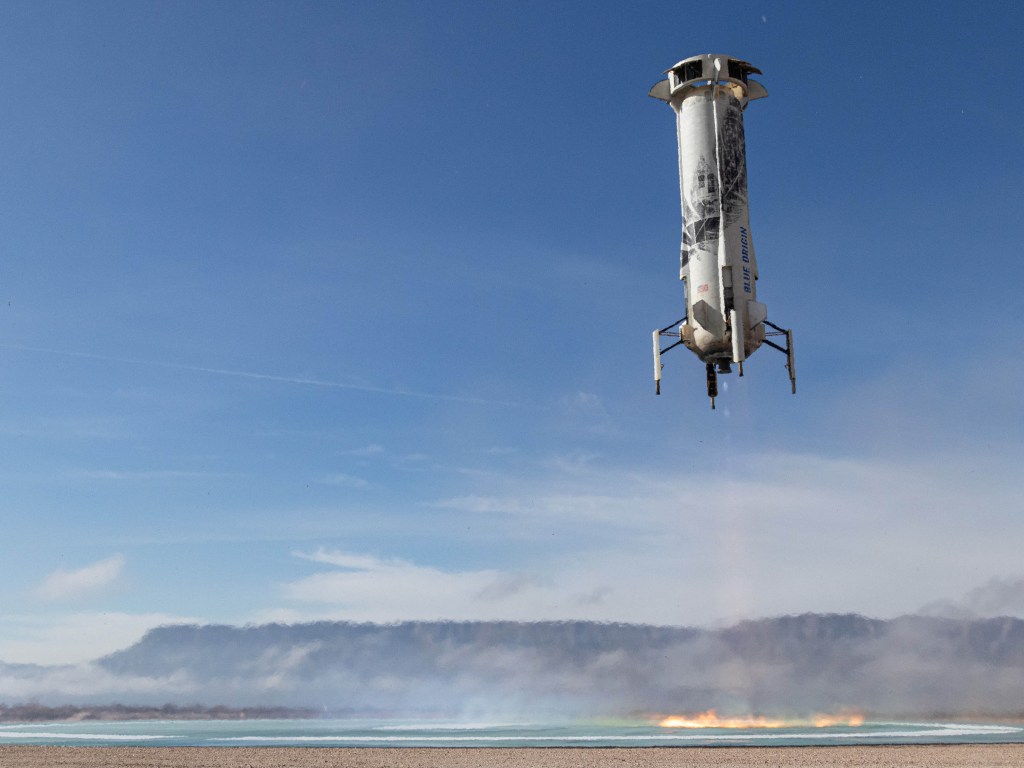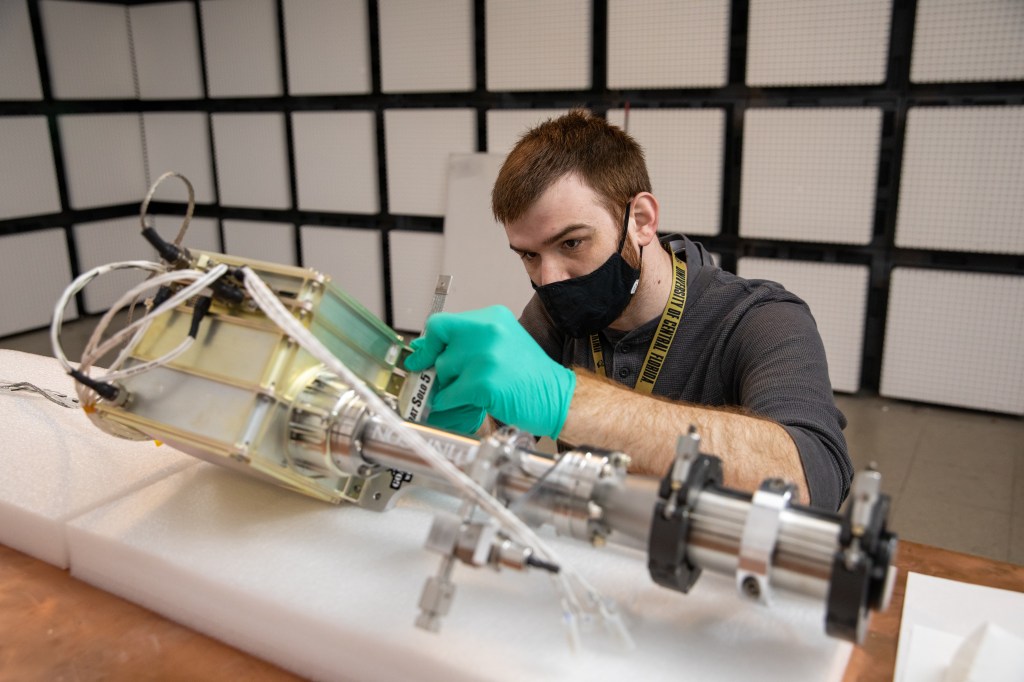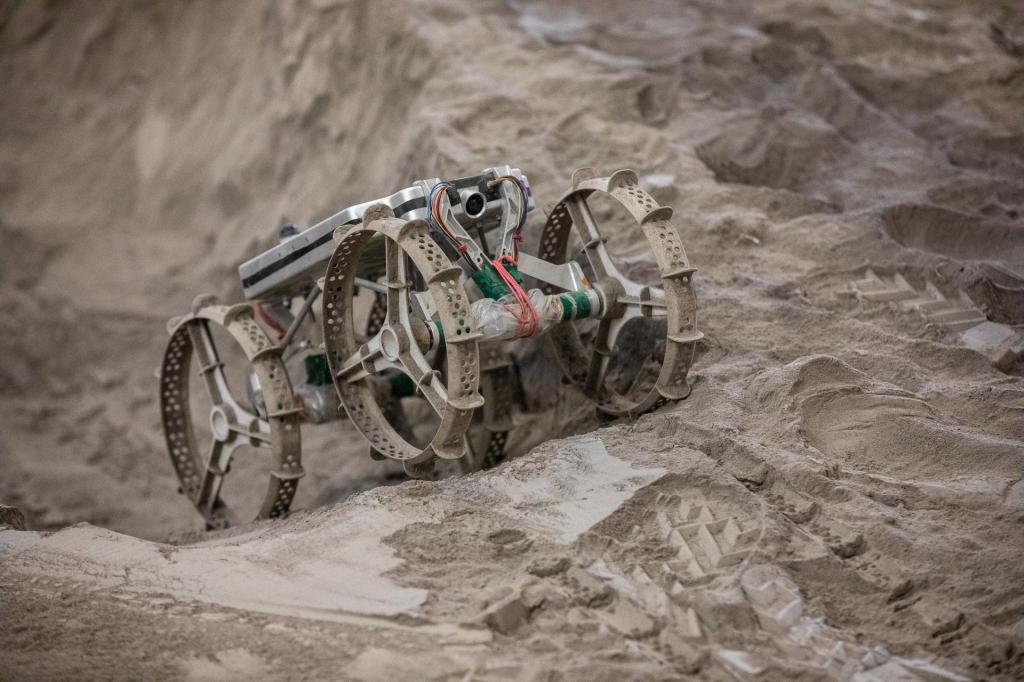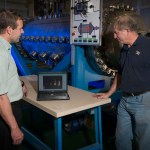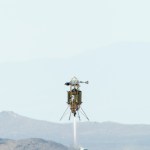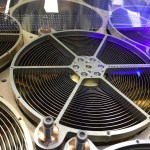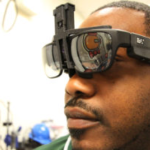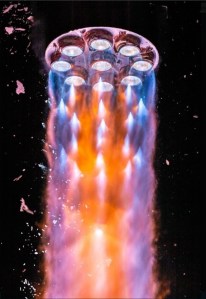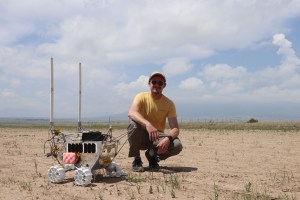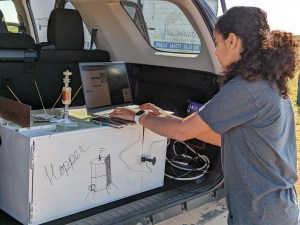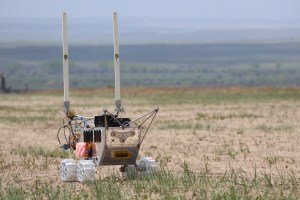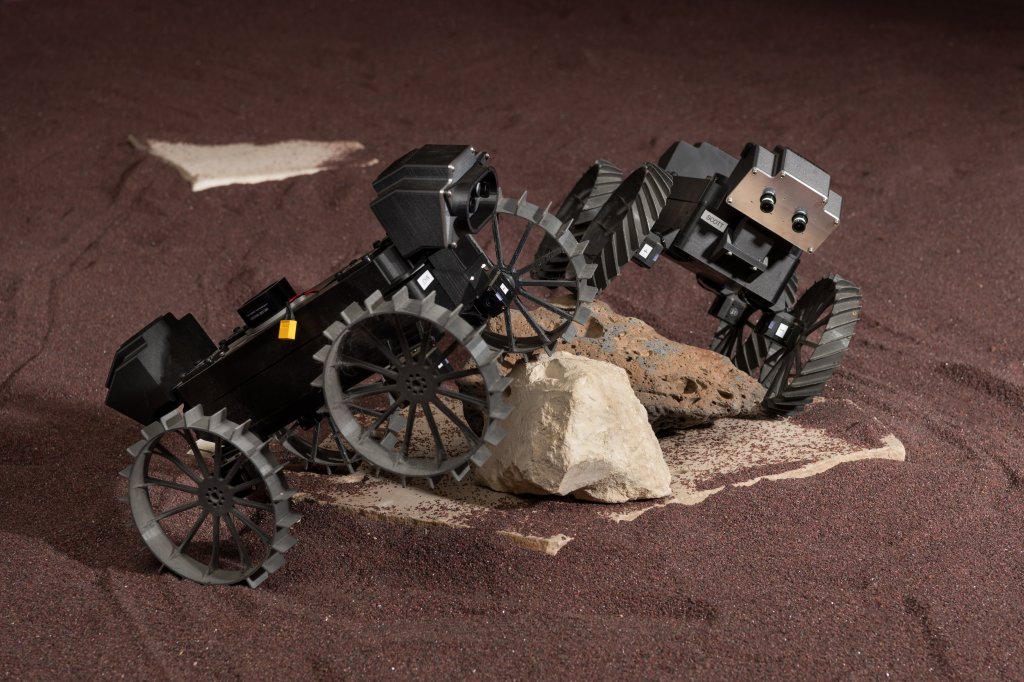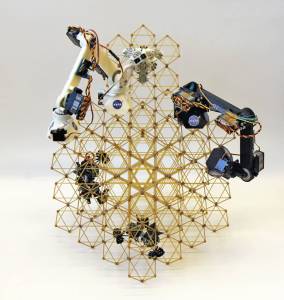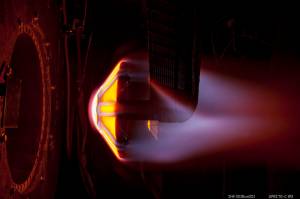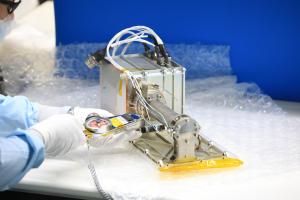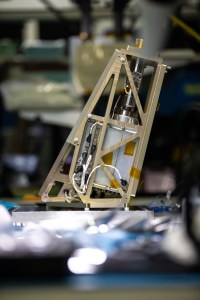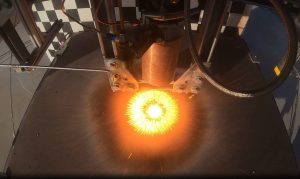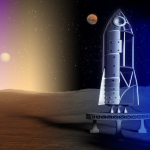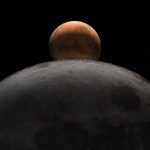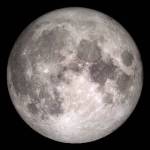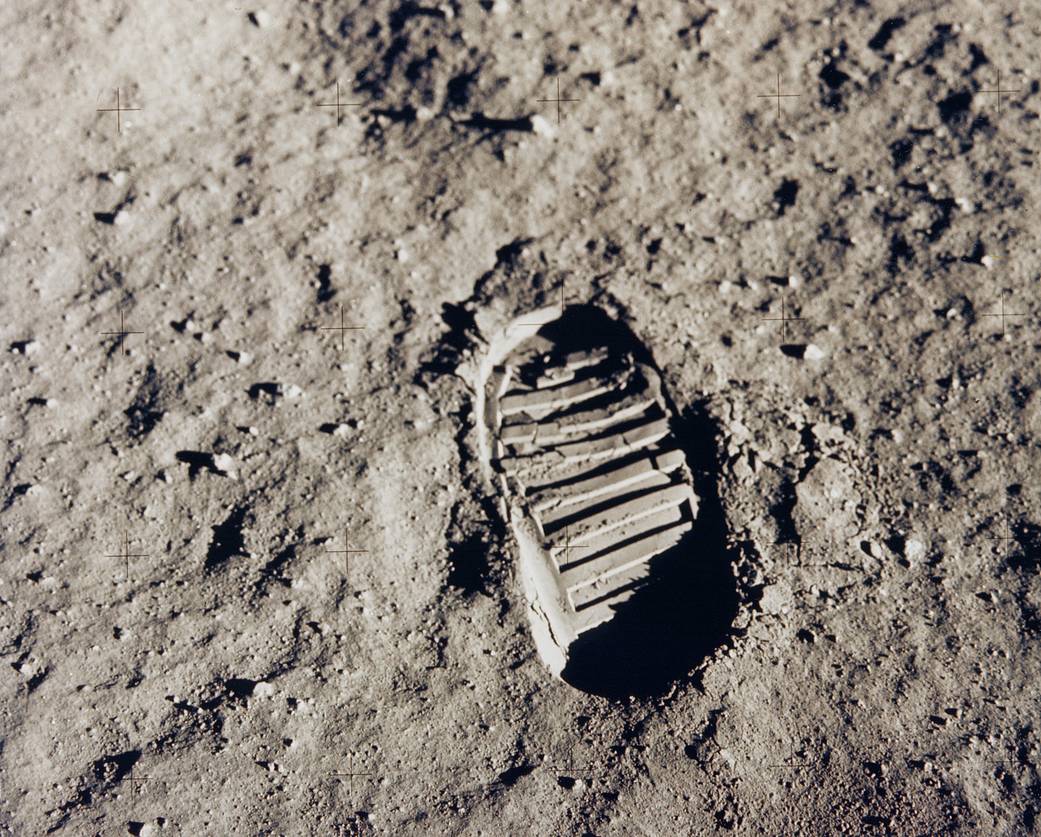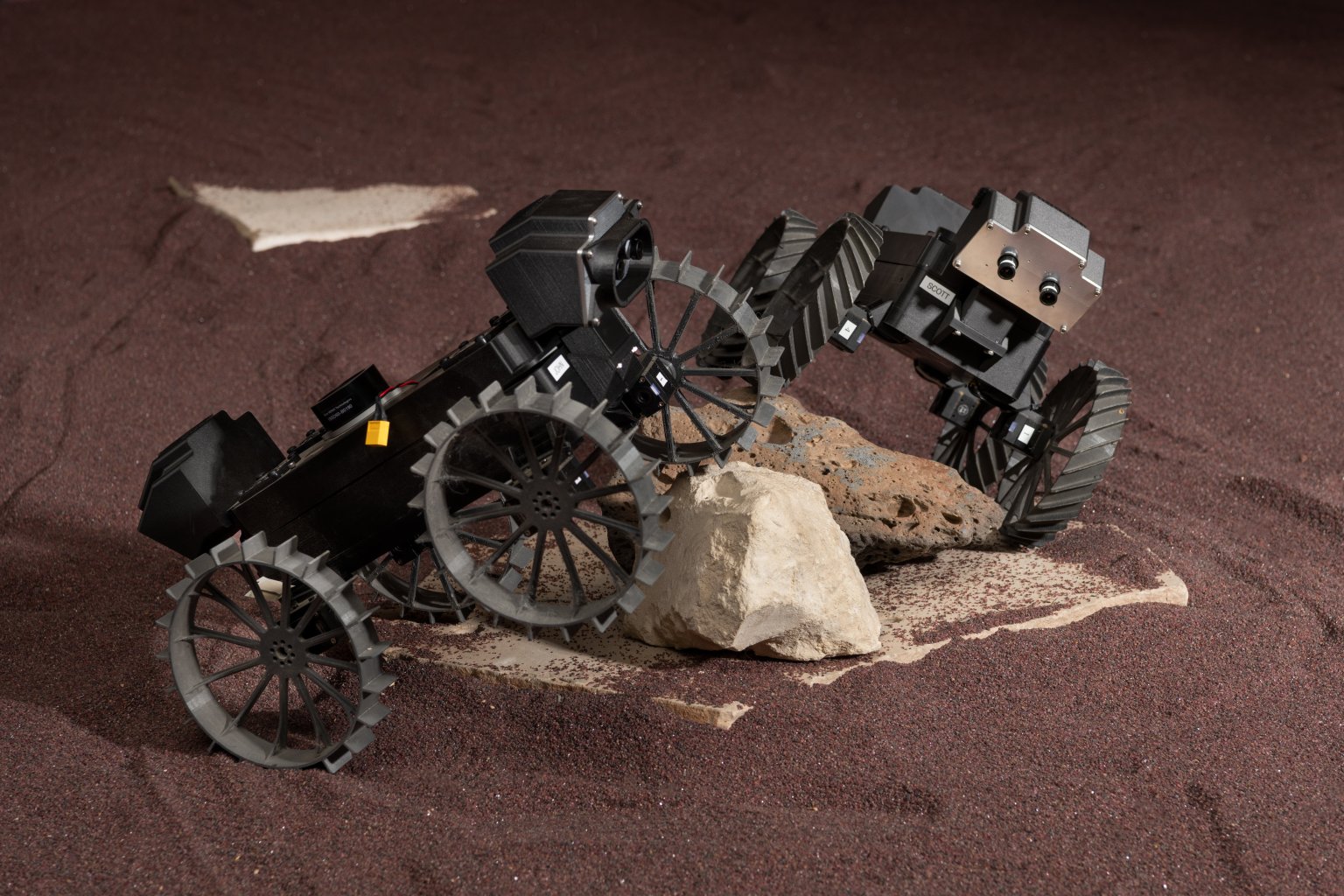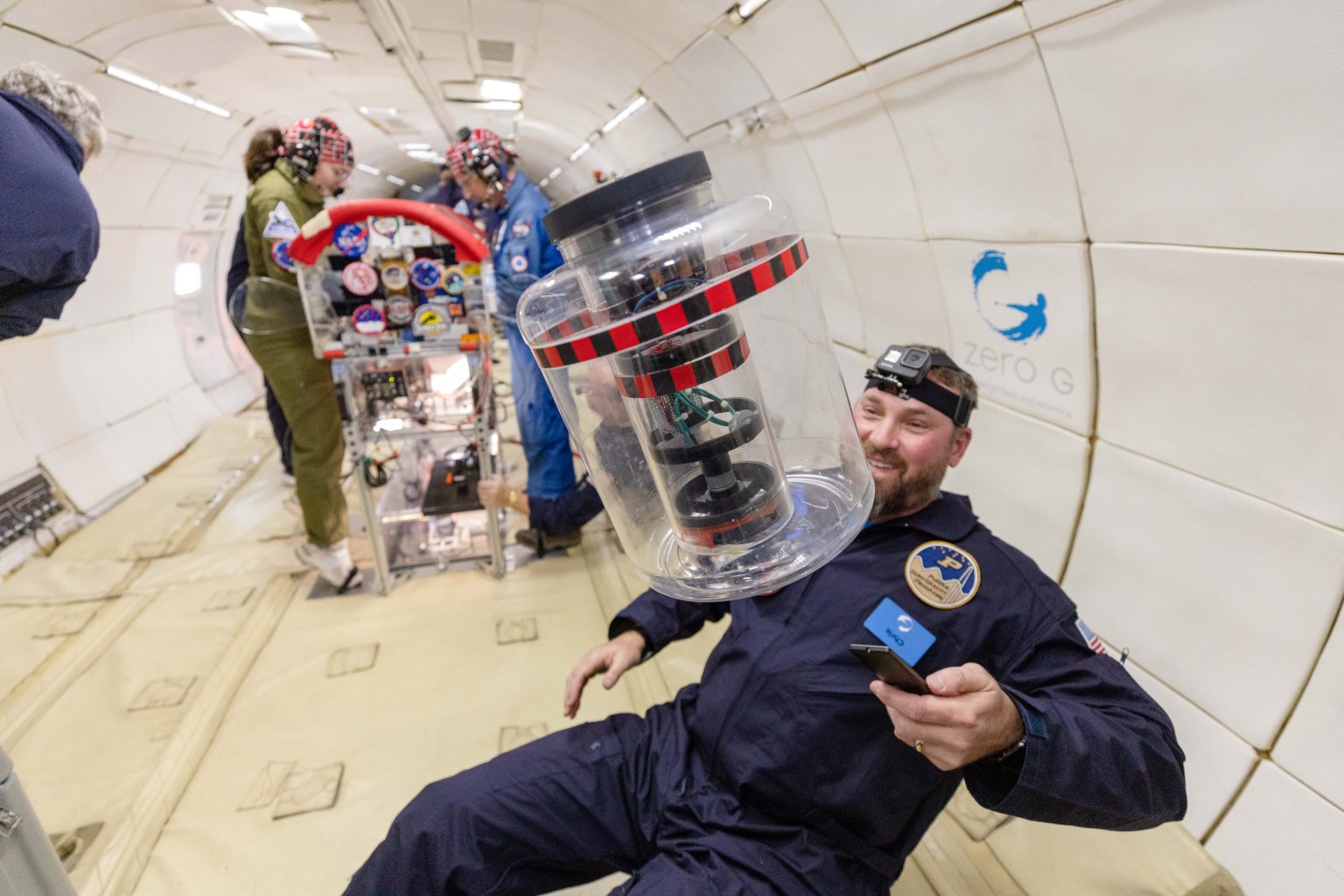Advancing transformative capabilities for lunar surface exploration across NASA’s Space Technology portfolio
Throughout this decade, NASA and its partners will send trailblazing technologies, cutting-edge robotics, and a new generation of crew to the surface of the Moon, ushering in a modern era of exploration through a series of increasingly complex missions.
Through the Lunar Surface Innovation Initiative (LSII), NASA is developing foundational technologies and approaches needed to fulfill Artemis missions at the Moon in preparation for expeditions farther in deep space.
By working in partnership with other government agencies in the U.S. and abroad, academia, the private sector, and with non-profit institutions, the agency can expand science-driven technology and maintenance activities designed initially for the lunar surface that will allow us to GO, LAND, LIVE, and EXPLORE more of the solar system in profound new ways.
NASA’s Space Technology Mission Directorate makes these bold new missions possible.
LSII activities are a critical asset to NASA, spurring innovation and providing risk reduction for lunar surface system development. It was established to bring together some of the world’s greatest experts in the aerospace technology field to cultivate new ideas, drive solutions, and enhance cohesive development of capabilities for productive exploration of the extreme lunar environment.
By collaborating across the public and private sector, NASA and our partners are able to maximize efforts and leverage resources to design and test new approaches, technologies, and systems in parallel which strengthens our ability to achieve successful long-duration missions. Holistically, these partnerships and collaborations are inclusive of many and play a vital role in increasing access to space while providing immeasurable economic benefit to our global community at home on Earth while providing pathways of discovery and gateways to innovation for future generations.
Moon to Mars
Looking toward the future as NASA embarks on revolutionary exploration in our solar system, the Lunar Surface Innovative Initiative bridges technological capabilities needed for sustained human exploration missions on the Moon that can evolve to help us understand and explore other challenging environments in deep space including Mars. From a technology development perspective, the Moon is an ideal proving ground for complex missions on the Red Planet that also supports the needs of lunar science missions of today and those planned for the near future. As we work to enhance our understanding of the challenging lunar environment, new knowledge and opportunities from these pursuits return technology advancements that inform our plans for the exploration of Mars and other planets and celestial bodies, while transferring technology applications that can improve everyday life on our home planet.
Learn more about lunar activities led by NASA’s Exploration Systems Development and Science Mission Directorates.
LSII's Six Key Capability Areas
Through the Lunar Surface Innovation Initiative, NASA Space Tech is working across the agency and partnering externally to advance crosscutting technology systems and architecture to retire hurdles in six key capability areas.

In-Situ Resource Utilization
Collecting, processing, storing, and using materials found and/or manufactured on the lunar surface—such as water ice to convert to breathable oxygen or metal to use for building infrastructure—are key components for successful long-duration exploration missions on the Moon and Mars. Example of a supporting technology: The Polar Resources Ice Mining Experiment-1 (PRIME-1), the first instrument suite planned to land at a lunar pole to assess volatiles and determine water content. PRIME-1 will go the Moon on a commercial lander to test drill technologies that will be used in NASA's future VIPER lunar prospecting mission.
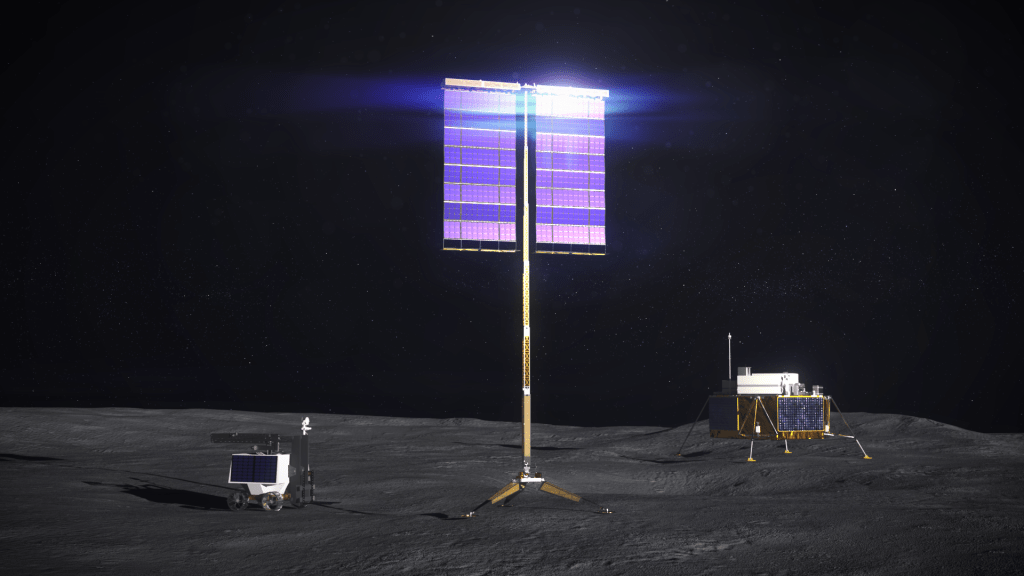
Surface Power
Access to continuous, localized power throughout the lunar day and night is essential for productive crew and robotic missions on the Moon's surface. The technologies required can be grouped into three categories: power generation, power management and distribution, and energy storage. Example of a supporting technology: Lunar Vertical Solar Array Technology (VSAT), an autonomous system capable of reliable retraction and system mobility on uneven terrain with minimal mass and packing volume. VSAT, with its 10-meter mast, will have the ability to capture near-continuous sunlight at the lunar south pole.
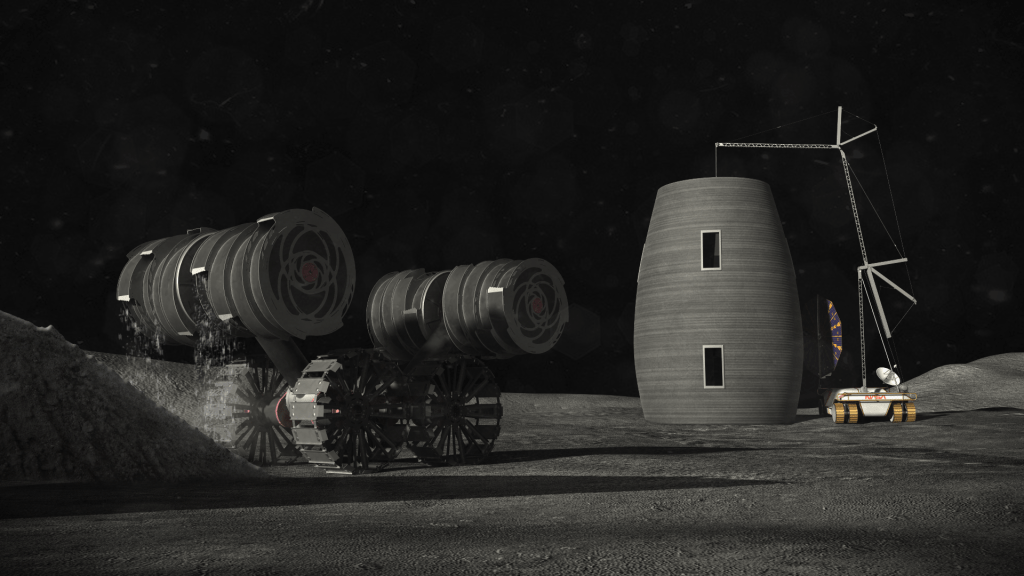
Excavation and Construction
Technologies that enable affordable, autonomous manufacturing or construction, as well as long-term system maintenance, allows a variety of missions to be simultaneously carried out by NASA and its partners. Excavation of hard regolith/ice materials and the ability to travel long distances across uneven terrain are two significant development areas. Example of a supporting technology: The ISRU Pilot Excavator (IPEx) is designed to reliably excavate and deliver a total of 10 metric tons of lunar regolith to the pilot scale in-situ resource utilization demonstration over the course of 100 meters and 11 days (200 times more than the state of art.)
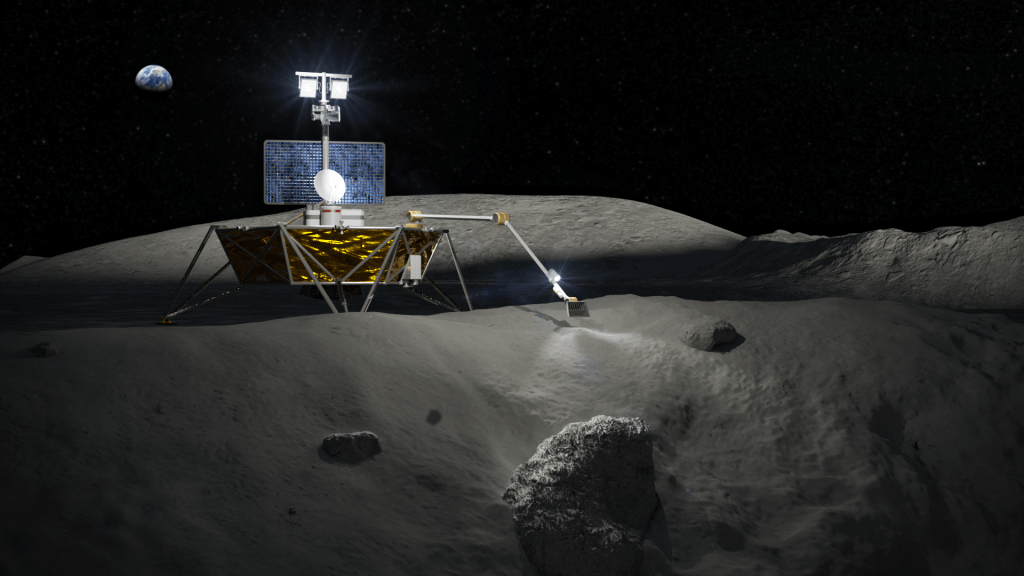
Extreme Environment
Lunar rovers, manipulators, and other systems must be equipped to operate throughout the full range of lunar surface conditions including lunar noon (up to 150 ℃ at the equator), night (down to -180 ℃ at the equator), multiple day/night cycles, and in permanently shadowed regions (down to -250 ℃). Cross-cutting technologies built to withstand rapid temperature changes and permanently shadowed regions are essential for safe and successful crew and robotic operations. Example of a supporting technology: NASA’s Bulk Metallic Glass Gear (BMGG) project, in which researchers are developing special gearboxes (mechanical units) that can operate despite low temperatures in extreme environments — from the Moon to Mars to icy worlds such as Jupiter’s moon, Europa.

Dust Mitigation
Strategies that diminish dust hazards to lunar surface systems such as cameras, solar panels, space suits, habitats, and instrumentation will allow astronauts and robotics to fulfill mission objectives safely, efficiently, and productively. Surface stabilization, filtration, and dust tolerant textiles are among several active, passive, and operational technologies currently in development. Example of a supporting technology: The Electrodynamic Dust Shield (EDS) is designed to demonstrate dust mitigation on non-critical cameras on commercial lunar landers or rovers. EDS is currently being tested in low-Earth orbit on the exterior of the International Space Station through the MISSE project.
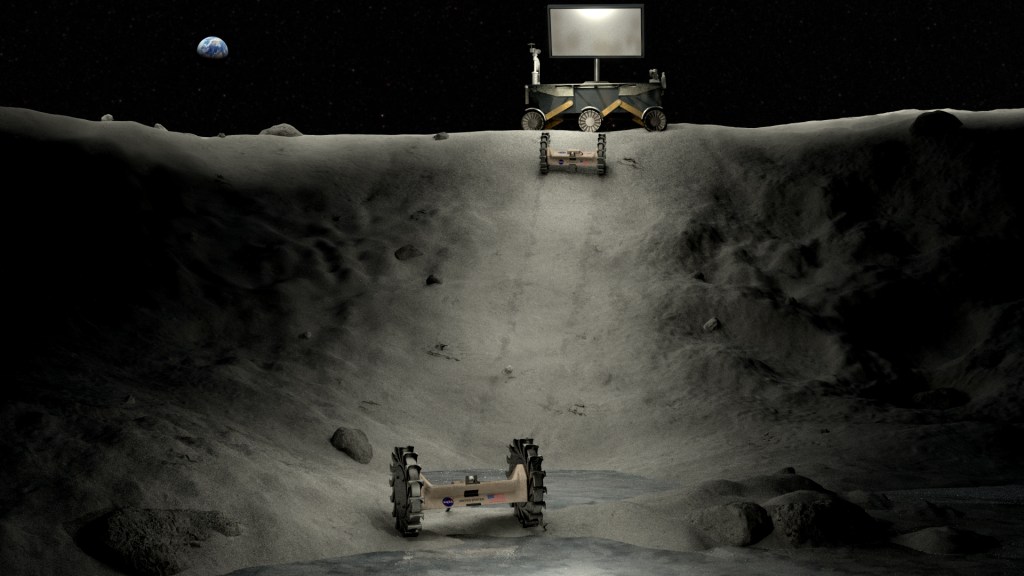
Extreme Access
Human and robotic systems will need to efficiently access, navigate, and explore previously inaccessible lunar surface or subsurface areas to further our understanding of what it takes to explore on the Moon and on other planetary surfaces. Some key development areas include autonomous operations, exploration of subsurface voids, hazard detection, and bulk transport of regolith. Example of a supporting technology: NASA's Cooperative Autonomous Distributed Robotic Exploration (CADRE) project will demonstrate a network of mobile robots that can autonomously explore the lunar environment in a cooperative manner and enable a multitude of science measurements.
_______________________________________________________________________________________________________________________________________________________________
_______________________________________________________________________________________________________________________________________________________________
Lunar Surface Innovation Consortium
NASA’s Space Technology Mission Directorate established the Lunar Surface Innovation Consortium (LSIC) in 2020 to bring together government, academia, non-profit institutions, and the private sector to identify technological capabilities and hurdles that must be retired to achieve a sustained presence on the surface of the Moon, both human and robotic.
LSIC centers its work on NASA’s Lunar Surface Innovation Initiative’s (LSII) key capability areas including surface power, in-situ resource utilization, excavation and construction, dust mitigation, extreme environments, and extreme access.
The Consortium provides a forum for NASA to communicate technological requirements, needs, and opportunities; and for the community to share with NASA existing capabilities and critical gaps. The LSIC aims to:
- Identify lunar surface technology needs and assessments of relative system and component readiness
- Make recommendations for strategic development and deployment of the technologies required for successful lunar surface exploration
- Provide a central resource for gathering information, analytical integration of lunar surface technology demonstration interfaces, and sharing of results
The Johns Hopkins University Applied Physics Laboratory (JHU/APL) manages the LSIC in collaboration with NASA and hosts a variety of annual workshops and meetings that are open to in-person and virtual attendees with varying levels of interest—from active members of the aerospace community to small businesses looking to enter the market to collegiate and university students emerging in the field.
LSIC currently has ~3,000 participants, from nearly 1,000 organizations across 50 states, the District of Columbia (D.C.), Guam, Puerto Rico, and ~65 countries.
All are welcome to join the Lunar Surface Innovation Consortium, whether that is through your company, organization, academic institution, or as an interested individual. This approach of inclusiveness creates opportunities and draws innovation crosscutting many sectors to cultivate diversity of thought to propel shared objectives.
Learn more about community activities and LSIC resources.
LSII projects span NASA’s Space Tech portfolio
Lunar technology is developed across the entire spectrum of NASA’s Space Technology portfolio,
from Early Stage Innovation and Partnerships, to Game Changing Development projects,
to Technology Demonstration Missions. Learn more about NASA Space Tech’s Strategic Framework,
which organizes the agency’s technology investments into four categories of investment called “Thrusts”: Go, Land, Live, and Explore.
Early Stage Innovation and Partnerships
The Lunar Surface Innovation Initiative works within the Early Stage Innovation and Partnerships portfolio to advance visionary ideas, challenge academic researchers, provide opportunities for public participation; and engage small businesses, research institutions, and entrepreneurs in NASA research and development areas with the goal of advancing innovative technologies.
Read More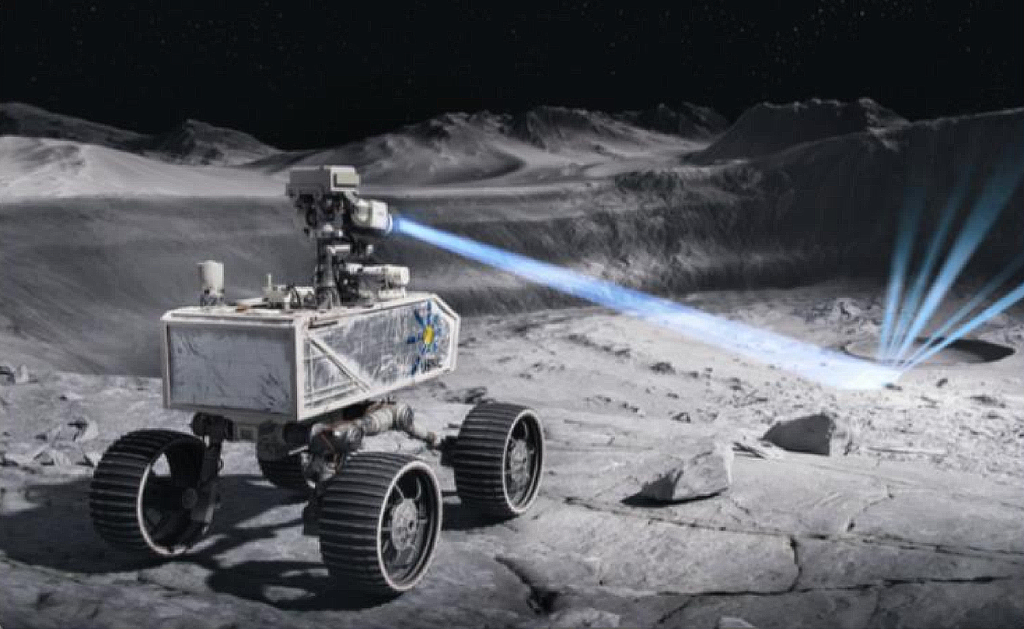
Game Changing Development
Game-changing technology development drives lunar surface innovation by maturing mid-Technology Readiness Level (TRL) technologies needed to support greater exploration of the Moon and other areas in space. NASA’s Game Changing Development program currently has nearly 100 active projects, with more than 70% being collaborations across industry, academia, and other government agencies.
Read More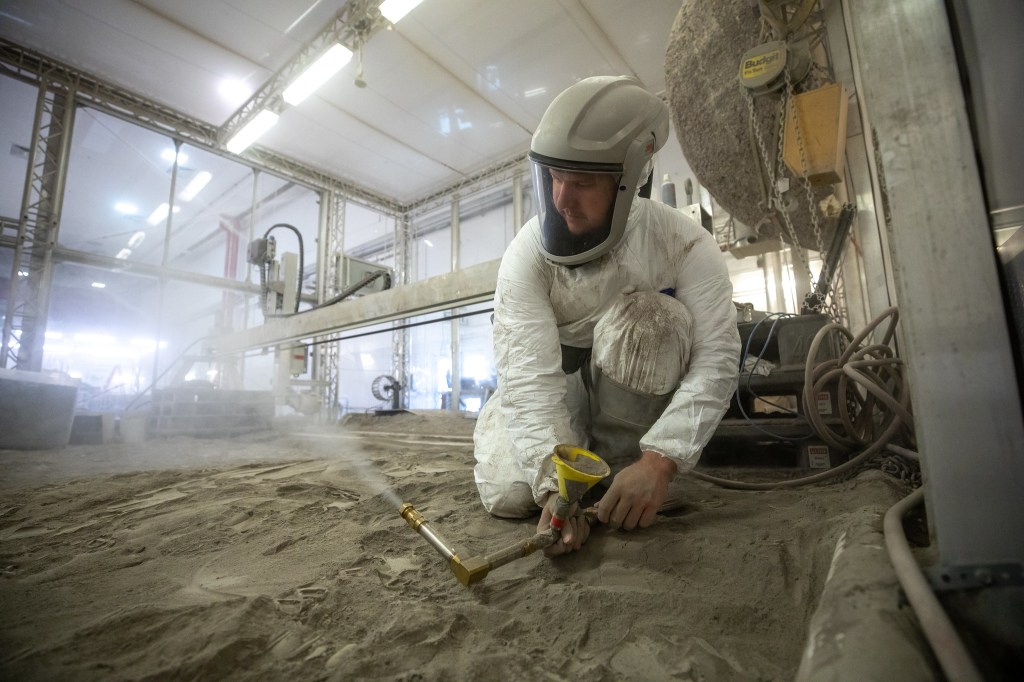
Technology Demonstration Missions
The Lunar Surface Innovation Consortium works with Technology Demonstration Missions to conduct early proof-of-concept tests and fly revolutionary new technologies on NASA, government, and commercial space missions.
Read More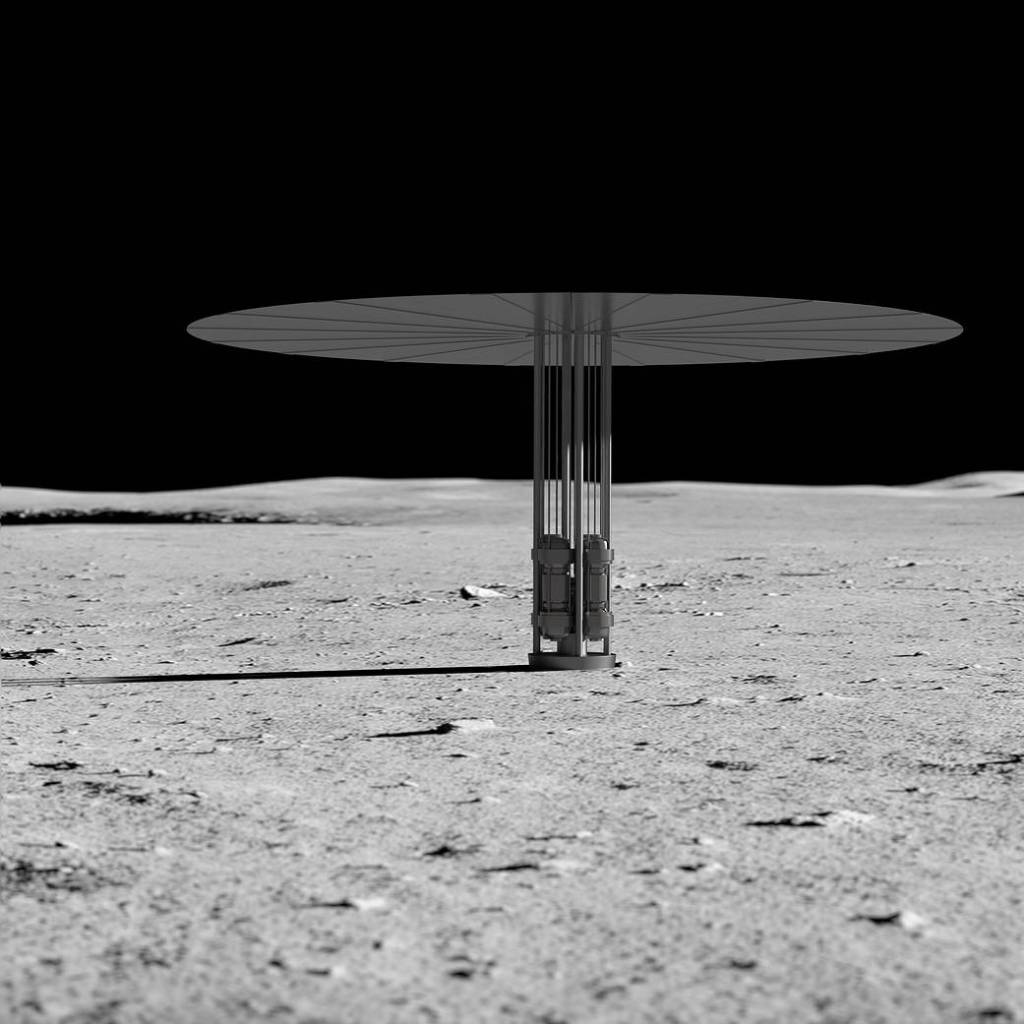
Featured LSII Collaboration
A New Student Lunar Autonomy Challenge
Space is hard, but it's not all hardware!
The new Lunar Autonomy Challenge invites teams of students at U.S. colleges and universities to test their software development skills. Working entirely in virtual simulations of the Moon’s surface, teams will develop an autonomous agent, or software that can accomplish pre-defined tasks without help from humans. These agents will be used to navigate a digital twin of NASA’s ISRU Pilot Excavator (IPEx) and map specified locations in the digital environment. IPEx is an autonomous mobility robot engineered to efficiently mine and transport lunar regolith, the loose rocky material on the Moon’s surface.
Learn More about A New Student Lunar Autonomy Challenge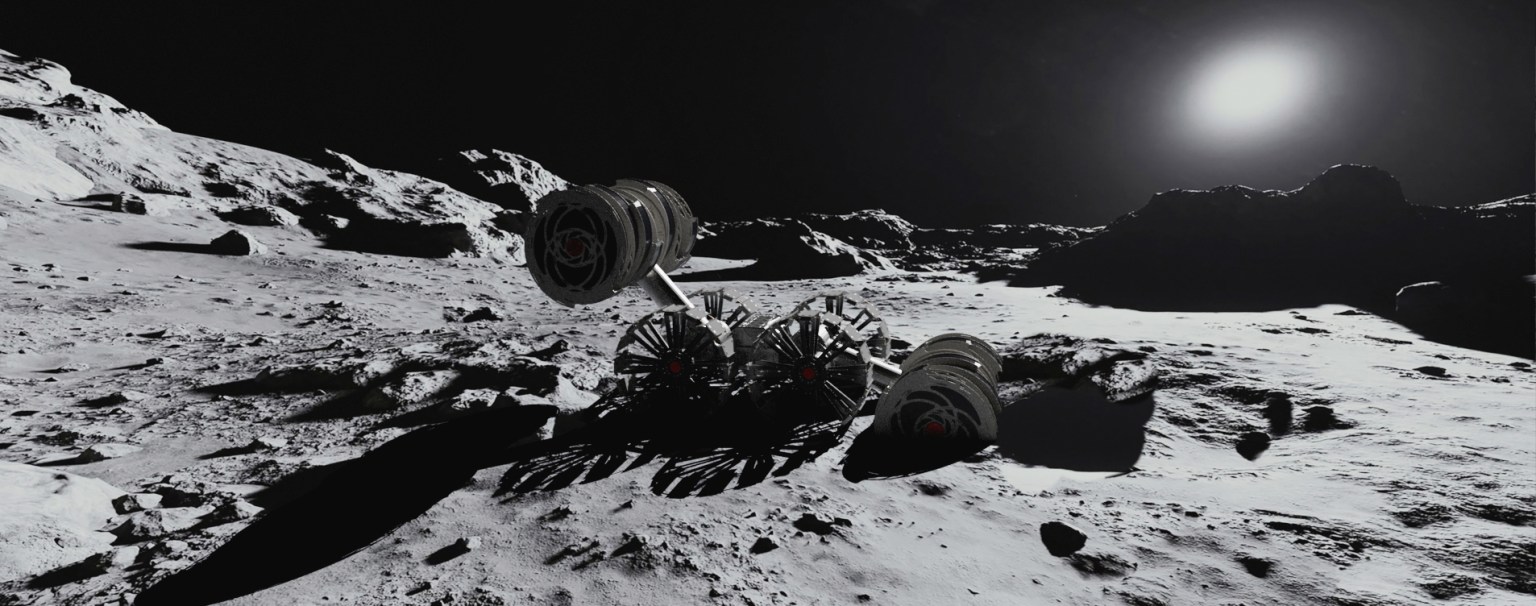
News from Technology Maturation
Featured LSII Collaboration
NASA's BIG Idea Challenge
Each year, the BIG Idea Challenge offers a real-world experience for college students and their advisors to develop technology that could support NASA’s exploration goals on the Moon. 2024's Challenge theme: inflatable technologies.
Many lunar exploration studies have used inflatable structures for habitats. That is why the 2024 BIG Idea Challenge asks collegiate-level teams to go beyond habitats to consider and explore other innovative concepts incorporating inflatable components such as deployable towers, gantries, and antennas. Applications may also include soft robotics, actuators, connectors, deployment mechanisms, airlocks, and temporary shields or shelters, among many others.
Learn more about the 2024 BIG Idea Challenge about NASA's BIG Idea Challenge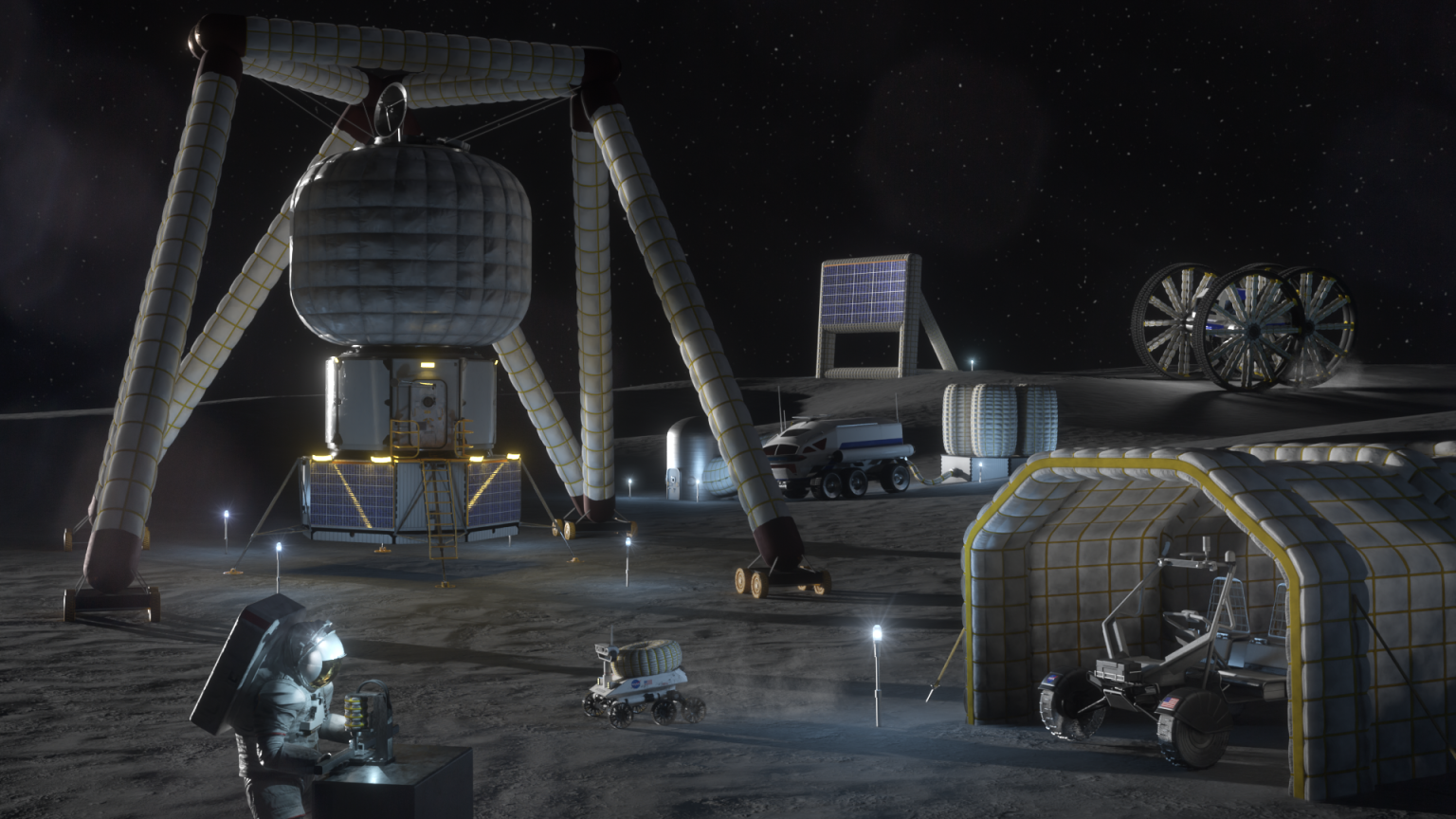
Game Changing Development: 2022 Highlights
Highlights of technology development facilitated by the Game Changing Development (GCD) program — part of NASA’s Space Technology Mission Directorate’s Technology Maturation portfolio — aimed at advancing space technologies that could lead to entirely new approaches for future missions at the Moon, Mars, and throughout the solar system.
Watch VideoTechnology Maturation
Learning Resources: NASA’s Lunar Activities
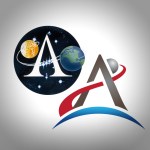
Artemis: Why We Are Going
We’re going back to the Moon for scientific discovery, economic benefits, and inspiration for a new generation of explorers: the Artemis Generation. While maintaining American leadership in exploration, we will build a global alliance and explore deep space for the benefit of all.



























